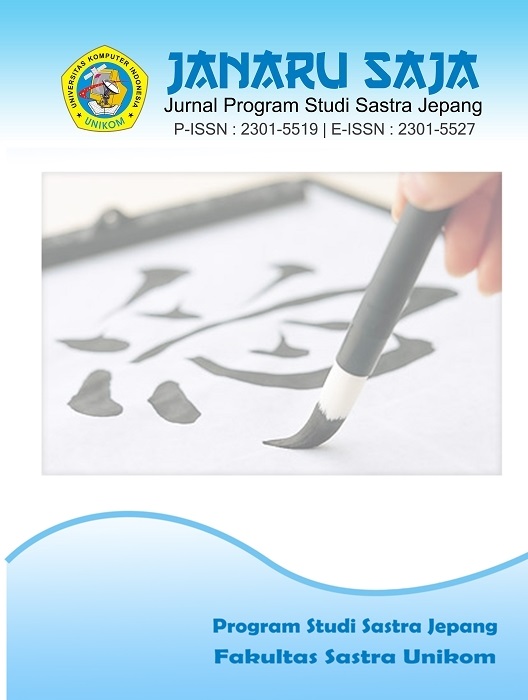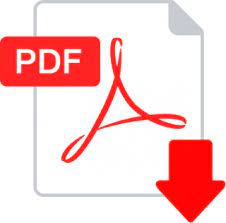Honne dan Tatemae Dalam Novel Sairensu Karya Akiyoshi Rikako
DOI:
https://doi.org/10.34010/js.v9i2.4145Abstract
Abstrak
Penelitian ini bertujuan untuk mendeskripsikan budaya honne dan tatemae yang terdapat dalam novel Sairensu karya Akiyoshi Rikako ditinjau dari aspek subjek kolektif dan pandangan dunia pengarang dalam teori strukturalisme genetik Lucienn Goldmann. Penelitian menggunakan metode deskriptif analisis dan dialektika. Sumber data utama adalah novel Sairensu karya Akiyoshi Rikako. Hasil penelitian menunjukkan bahwa tokoh cerita merupakan cerminan dari subjek kolektif masyarakat Jepang yang menerapkan budaya honne dan tatemae dengan tujuan untuk menghormati orang lain, agar terlihat baik, menjaga keharmonisan, dan mencapai suatu tujuan tertentu melalui perasaan, pemikiran, dan sikap tokoh.
Kata Kunci: honne tatemae, strukturalisme Lucienn Goldmann
Abstract
This study aimed to describe the honne and tatemae culture contained in Akiyoshi Rikako's novel Sairensu in terms of the collective subject aspect and the author's worldview in Lucienn Goldmann's theory of genetic structuralism. This research uses descriptive analysis and dialectic methods. The main data source is the novel Sairensu by Akiyoshi Rikako. The results showed that the character of the story is a reflection of the collective subject of Japanese society who applies honne and tatemae culture with the aim of respecting others, to look good, to maintain harmony and to achieve certain goals through the feelings, thoughts, and attitudes of the characters.
Keywords: honne tatemae, Lucienn Goldmann’s structuralism
Downloads
Published
Issue
Section
License
- Authors retain copyright and grant the journal right of first publication with the work simultaneously licensed under a Creative Commons Attribution License that allows others to share the work with an acknowledgement of the work's authorship and initial publication in this journal.
- Authors are able to enter into separate, additional contractual arrangements for the non-exclusive distribution of the journal's published version of the work (e.g., post it to an institutional repository or publish it in a book), with an acknowledgement of its initial publication in this journal.
- Authors are permitted and encouraged to post their work online (e.g., in institutional repositories or on their website) prior to and during the submission process, as it can lead to productive exchanges, as well as earlier and greater citation of published work (See The Effect of Open Access)











.jpg)

